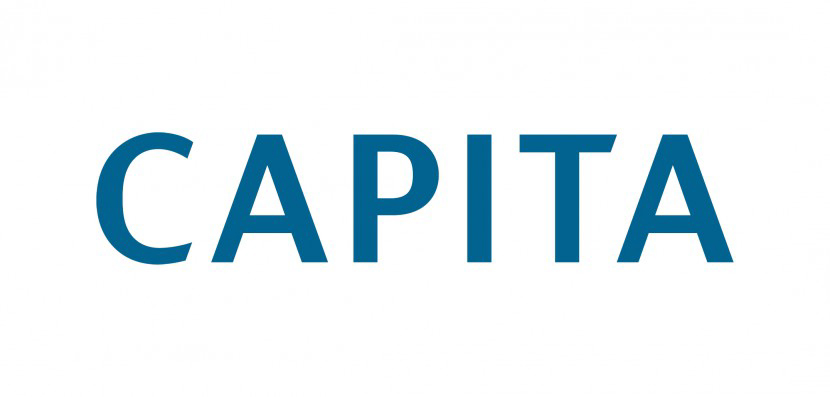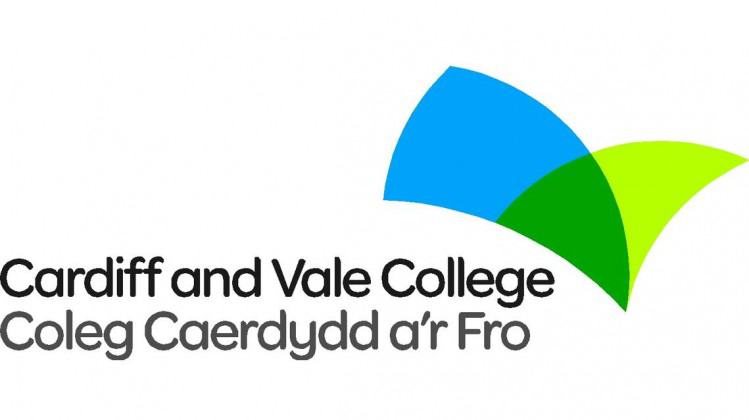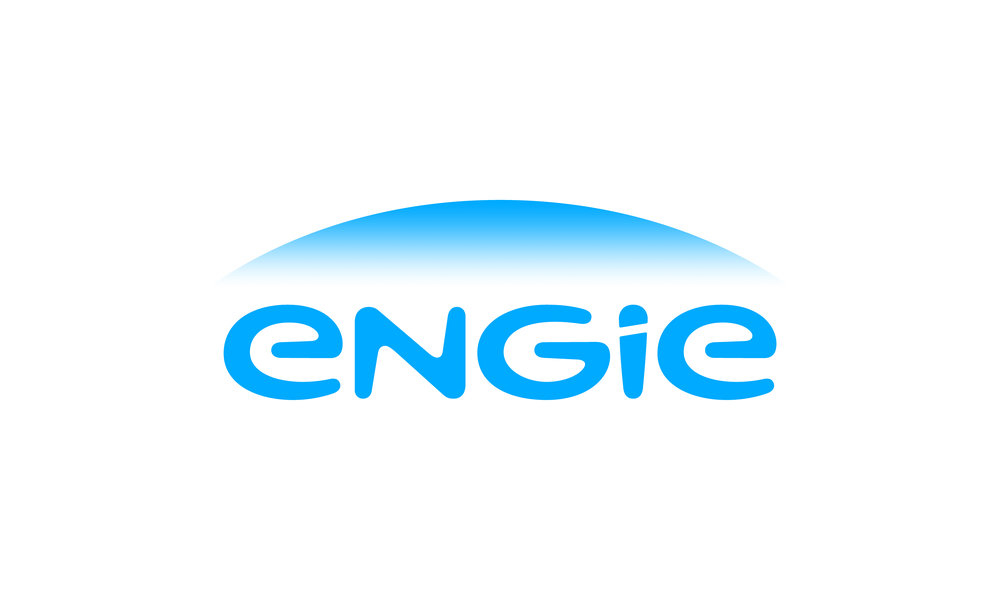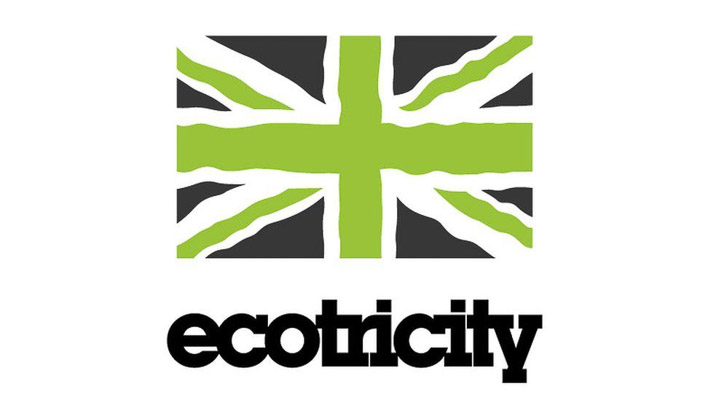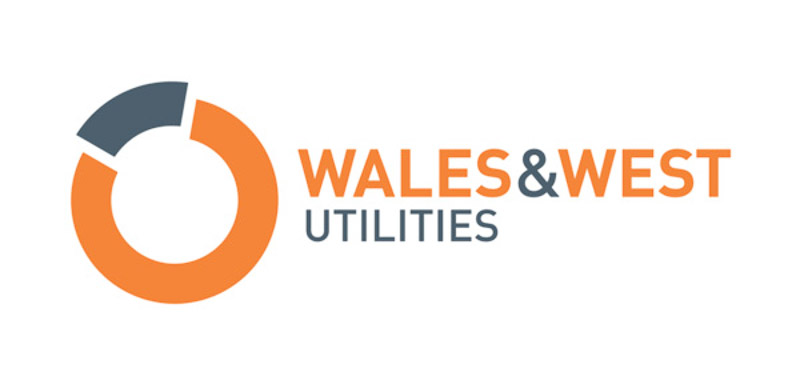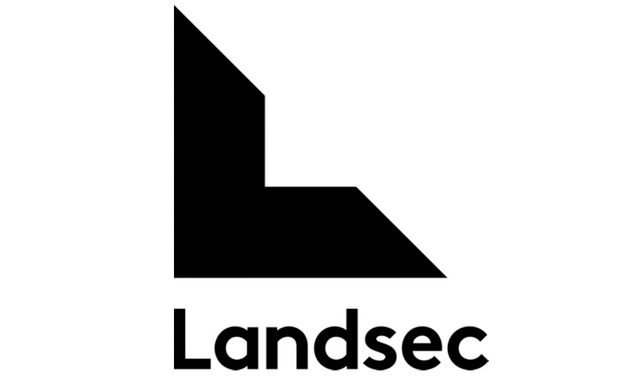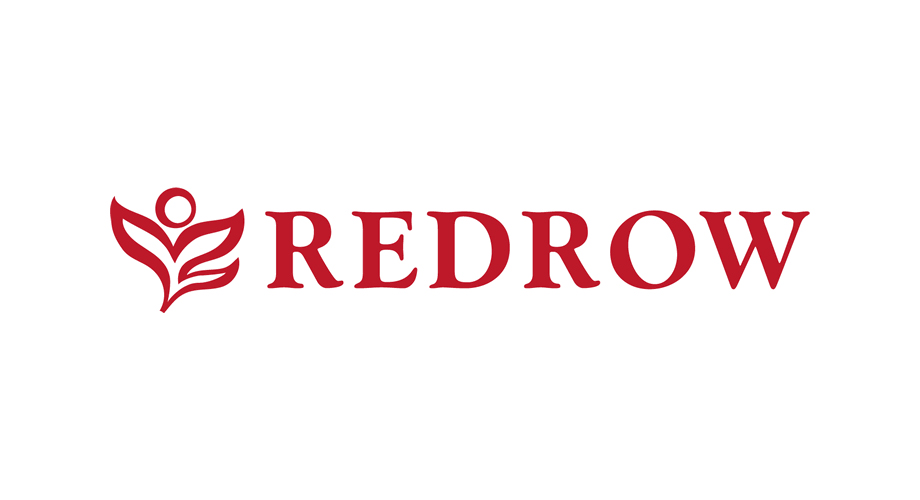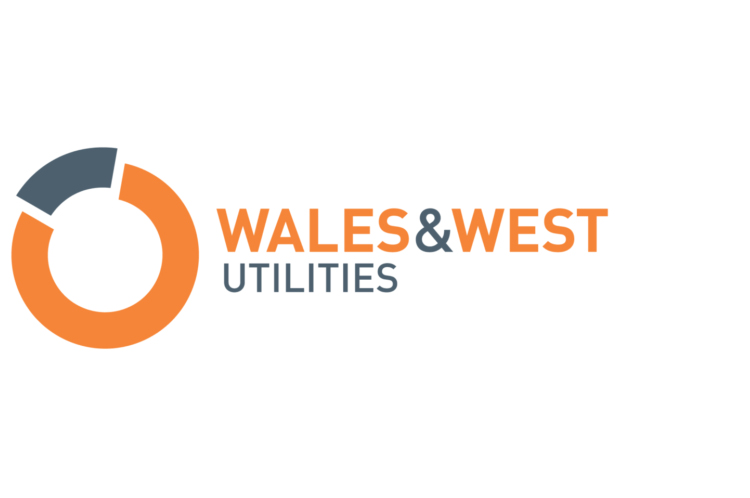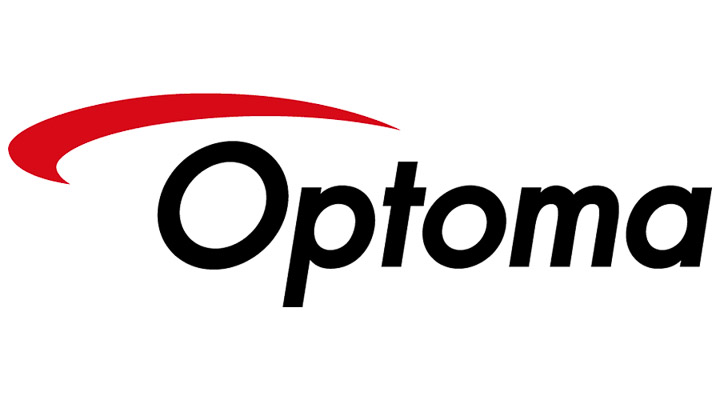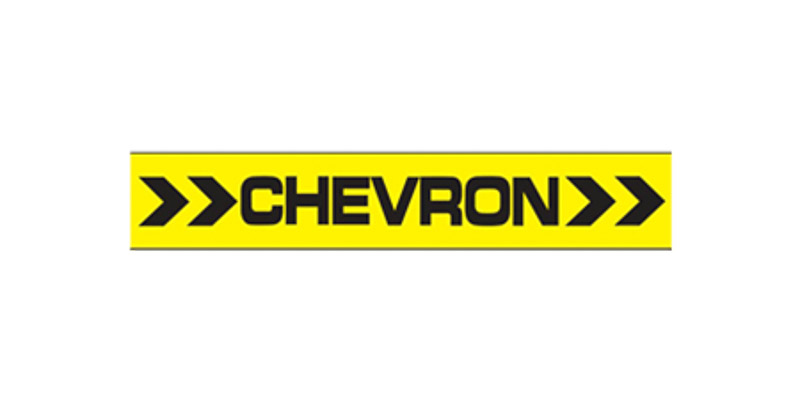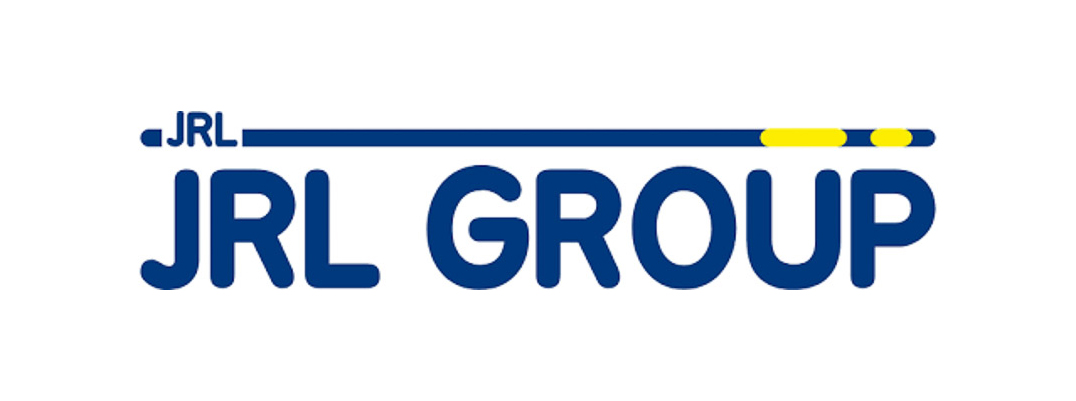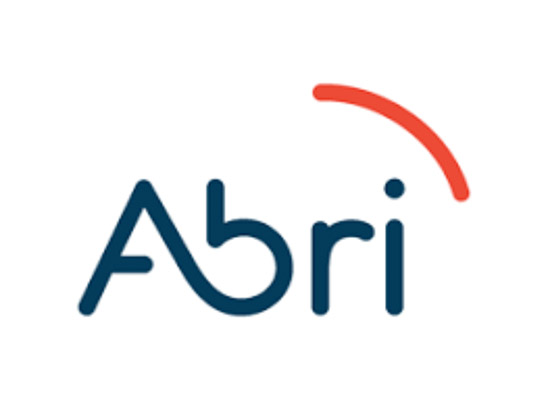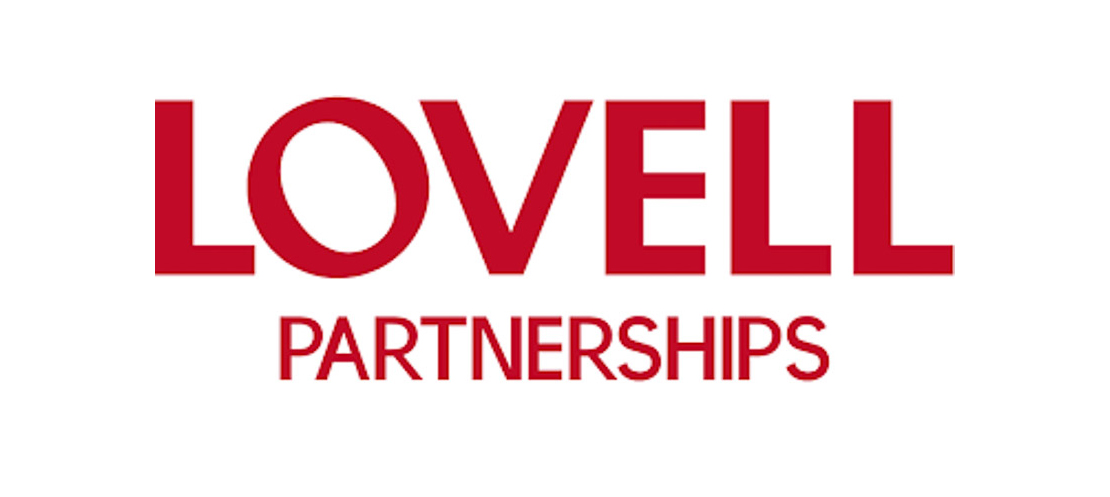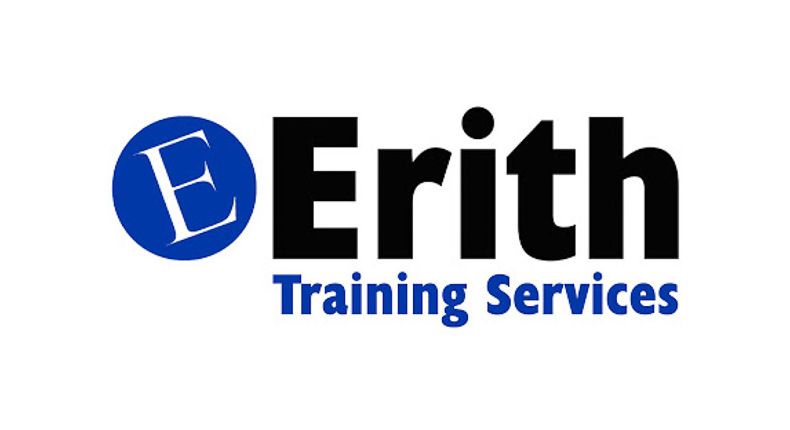Net Zero Carbon
What is the Net Zero Carbon?
We’ve all heard the term net zero, but what exactly does it mean? Put simply, net zero refers to the balance between the amount of greenhouse gas produced and the amount removed from the atmosphere. We reach net zero when the amount we add is no more than the amount taken away.

Why consider it?
In their Global Risks Report 2021, The World Economic Forum (WEF) states; “Climate change—to which no one is immune—continues to be a catastrophic risk.”
After more than 10,000 years of relative stability, the Earth’s climate is changing. Since the 1880s, the average global temperature has risen by about 1.1 °C. As average temperatures rise, acute hazards such as heat waves and floods grow in impact and likelihood, and chronic hazards such as drought and rising sea levels intensify.
These physical risks from climate change will translate into increased socioeconomic risk, presenting policy makers and business leaders with a range of questions that will challenge existing assumptions about supply-chain resilience, risk models, and more.
In response, world governments (through the 2015 Paris Agreement) committed to curbing global temperature rise to well-below 2°C above pre-industrial levels and pursuing efforts to limit warming to 1.5°C.

In 2018, the Intergovernmental Panel on Climate Change warned that global warming must not exceed 1.5°C to avoid the catastrophic impacts of climate change. To achieve this, GHG emissions must halve by 2030 – and drop to net-zero by 2050. Currently, global emissions are increasing by 2% annually. In the WEF Global Risks Report 2021 the top four risks in terms of likelihood are:
- 1st Extreme weather
- 2nd Climate action failure
- 3rd Human environmental damage
- 4th Infectious disease
Sadly, there will be no vaccine for Extreme weather, Climate action failure, or Human environmental damage. Time for action is limited, again according to WEF, we have between 2026 and 2042 to take the urgent action required to avoid the catastrophic impacts of climate change.
How Act Sustainably can help?
Act Sustainably can help you gain certification to two schemes which will verify that your Net Zero Carbon action plans will achieve your goals;
Carbon Reduce Scheme
The Carbon Reduce Scheme, (formally CEMARS) certification is an effective way to show the world that you work sustainably – and at Act Sustainably, we can help achieve this globally recognised standard, whilst also conforming with the UK Government’s new Streamlined Energy Carbon Reporting (SECR) framework.
The Carbon Reduce Scheme involves five key steps to achieving certification;
1. Measure
Measuring your greenhouse gas emissions helps you to understand and strategically manage those emissions. We provide the tools to help measure all emissions under ISO 14064-1 including vehicles, business travel, fuel and electricity, paper, and waste.
2. Manage
Manage and reduce greenhouse emissions at source. Managing the emissions of your company, products and services will become increasingly important to both the planet and your profits. We offer resources and templates to guide you through certification.
3. Verify
Verify your inventory. Qualified independent Auditors verify your inventory is in accordance with International standards like ISO 14064-1, ISO 10467, or PAS 2050.
4. Mitigate
Mitigate your carbon footprint (optional). Offset unavoidable greenhouse gas emissions to become carbon neutral. Carbon credits allows individuals, organisations and communities to balance the scales on the path to reduction.
5. Market
Showcase your achievements against ISO 14064-1 and PAS 2050 certification.
Act Sustainably experts can help you negotiate each stage of the Carbon Reduce Scheme process.

Science Based Targets Initiative
The SBTi is a partnership between CDP, the United Nations Global Compact, World Resources Institute (WRI) and the World Wide Fund for Nature (WWF). The SBTi call to action is one of the We Mean Business Coalition commitments.
The Science Based Targets initiative (SBTi) drives ambitious climate action in the private sector by enabling companies to set science-based emissions reduction targets.
Science-based targets provide a clearly defined pathway for companies to reduce greenhouse gas (GHG) emissions, helping prevent the worst impacts of climate change and future-proof business growth.
Targets are considered ‘science-based if they are in line with what the latest climate science deems necessary to meet the goals of the Paris Agreement – limiting global warming to well below 2°C above pre-industrial levels and pursuing efforts to limit warming to 1.5°C.

The Science-based targets process consists of five steps:
- Commit – Submit a letter establishing your intent to set a science-based target
- Develop – Work on an emissions reduction target in line with the SBTi’s criteria
- Submit – Present your target to the SBTi for official validation
- Communicate – Announce your target and inform your stakeholders
- Disclose – Report company-wide emissions and progress against targets on an annual basis
Act Sustainably experts can help you negotiate each stage of the SBTi process.
Have a question?
To schedule a telephone call to discuss your requirements for the IEMA Environmental Management in Construction please click below.


